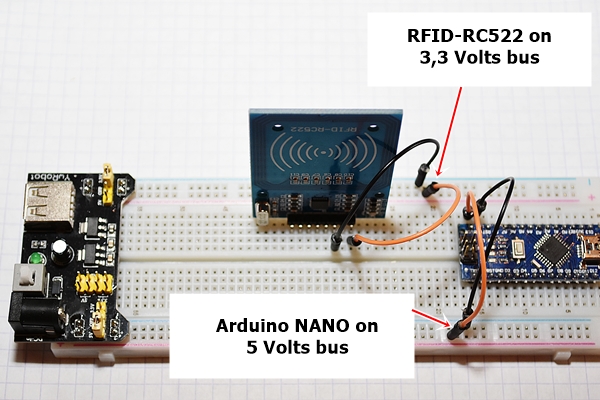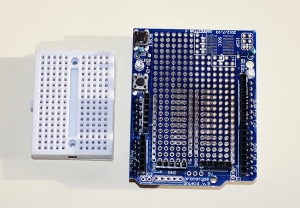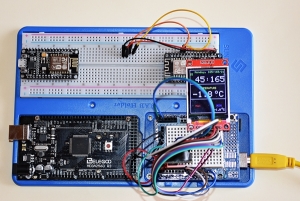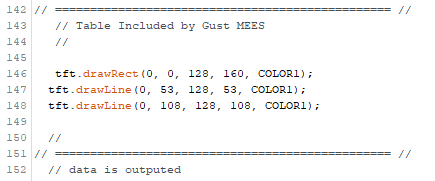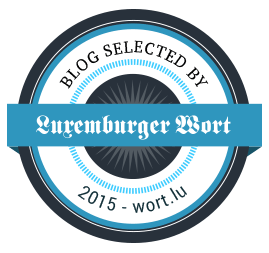
.
.
A GOOD preparation is half the work done
When we play around with Arduino NANO, NodeMCU, ESP8266 and others it is important (and more comfortable) to make us life as less difficult as necessary. Therefore we will have a look on the How-To, using some helpful tools…
First of all it is a MUST to have “Breadboards” for connecting the components to the micro controller, they exist in different sizes and colours.
.
|
Item and quantity |
Supplier and order number |
Price |
|
Mini Breadboard Kit for Arduino |
AMAZON (DE): Mini Breadboard Kit für Arduino |
6,99€ |
|
Breadboard 830 Pin Solderless Prototype PCB Board Kit |
AMAZON (DE): Breadboard 830 Pin Solderless Prototype PCB Board Kit |
9,99€ |

9 Volt Clips with connector |
AMAZON (DE): 9 Volt Clips with connector 5 pieces |
5,59€ |
|
Power Supply Module for Arduino Board |
AMAZON (DE): Power Supply Module für Arduino Board 6 pieces |
10,99€ |
| Total: |
.
Concerning the Power Supply Module for the Breadboard: it delivers 3,3 Volts AND 5 Volts. The 5 volts is the power Supply for Arduino, Nano, etc. and the 3,3 Volts is for OLEDs, RFID…
The advantage of the Power Supply for breadboard: once uploaded the sketch to the Arduino, Nano, ESP8266, etc. you can unplug the USB cable and connect a 9 volts battery (better an 9 Volts accumulator…) through the above mentioned 9 Volt Clips with connector. Now you can much more easily play around and move your prototype…
 USB connector is for powering external devices (output only). Do not attempt to use it to power the MB-V2
USB connector is for powering external devices (output only). Do not attempt to use it to power the MB-V2
Read carefully, please (important!!):
The Power Supply has jumpers which one can switch from 3,3 V to 5 V. So on one side we place the jumper on 3,3 Volts and on the other side we place the jumper to 5 Volts, so that we have the two different voltages on two different power supply bus.
.
.
Practical example:
Please check the picture below where we use a RFID-RC522 and a Arduino NANO: the RFID-RC522 MUST get connected to the 3,3 Volts!! If connected on 5 Volts it would get damaged, actually fried!! The Arduino NANO is connected to the 5 Volts bus.
.
.
Let us have a look if everything is correct by measuring the voltages with a multimeter, here we go:
.
.
.
That’s it folks, stay tuned for next blog post 😉
You may also have a look on one of my previous posts for more tips:
.
|
The author Gust MEES is ICT Course Instructor, ”Member of the Advisory Board” from “Luxembourg Safer Internet” (LuSI), BEESECURE, Official Partner (Consultant) from the Ministry of Education in Luxembourg, project “MySecureIT“, Official Partner from the Ministry of Commerce in Luxembourg, project “CASES” (Cyberworld Awareness and Security Enhancement Structure). The author was also a winner of an electronics contest (Germanic countries) in 1979 and got his project published in the “Electronics Magazine ELO”. |
.
Stay tuned for next blog post(s) 😉..
.
Keywords necessary for me to create this project: Breadboard, Power Supply for Breadboard, Arduino, Maker, MakerED, MakerSpaces, Coding,
.
.
.





